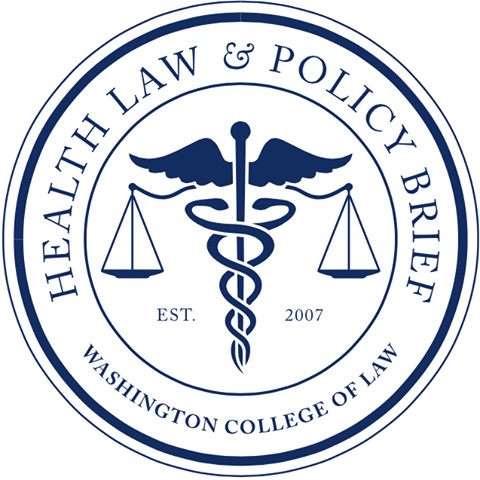In 1994, the state of Ohio convicted Warren Keith Henness for aggravated murder. The Ohio Supreme Court later set an execution date for Henness for January, 2015. However, the Ohio Department of Rehabilitation and Corrections has pushed Henness’ execution date and the dates of many others, because they have been unable to obtain the necessary drugs to carry out the executions. This problem is not limited to Ohio. More than 20 states will face great difficulty obtaining the specific drugs in the future. As of January 1, 2016, there were 2,943 death row inmates in the United States. The number of executions completed in 2015 was the lowest in 25 years, and half of the stays of execution were due to states’ inability to obtain the necessary drugs.
On May 13, 2016, Pfizer, an American global pharmaceutical corporation, announced that it will now enforce a distribution restriction on the specific drugs which are included as part of the lethal injection protocols. Lethal injection procedures vary by state, but several use a one, two, or three-drug protocol, which requires an anesthetic or sedative, typically followed by pancuronium bromide to paralyze the inmate and potassium chloride to stop the inmate’s heart. There are seven specific drugs that will now only be distributed to certain wholesalers, distributors and direct buyers, and all are required to agree to not resell the drugs to prisons. The seven drugs: propofol, pancuronium bromide, midazolam, hydromorphone, rocuronium bromide, vecuronium bromide, and potassium chloride, are FDA-approved drugs used every day in efforts to treat illnesses and save lives. Companies like Pfizer believe that these products should no longer be used for capital punishment.
Pfizer’s move is the last step in closing off the remaining FDA-approved manufacturers of drugs used in executions as all of the major pharmaceutical companies in the United States now stand together on this issue. While the announcement is probably partly a public relations move and partly a business decision, Pfizer, along with other drug makers, say that their products are supposed to be used to save lives, not take them. The companies believe that drugs have a certain value, but if associated with death due to the use in capital punishment, those drugs will lose that value.
Pfizer’s decision poses many questions for states that use lethal injection. States may continue to search for the drugs needed to administer executions. However, the 31 states that still impose lethal injection as capital punishment will possibly end their search by violating the law. Some states have already looked to state-regulated compounding pharmacies that mix individual ingredients in the strength and dosage required to perform the procedure. Though these compounding pharmacies distribute drugs for lethal injection, they often do not want their identities known to avoid lawsuits for contractual liability. Few states allow methods such as electrocution, and even fewer states allow the gas chamber, hanging, and firing squad, but with the position taken by pharmaceutical companies, more states could resort to such procedures. For example, Tennessee said in 2014 that if the drugs for lethal injection are unavailable, the state can use the electric chair. A year later, Utah reintroduced firing squads. Though it is difficult now to say how much of an impact Pfizer’s decision will have, states that use lethal injection will have to start looking for alternatives.
